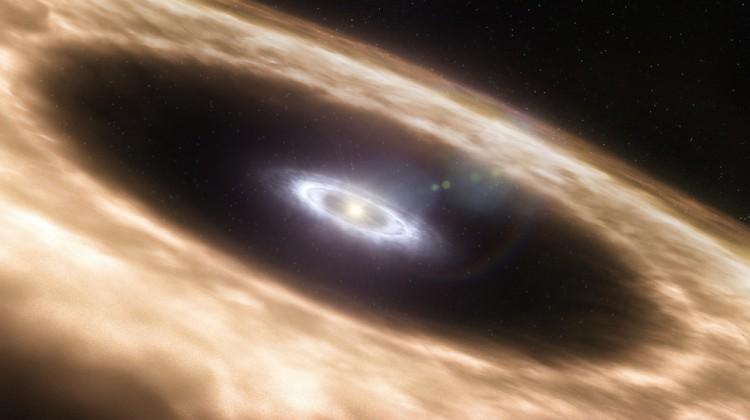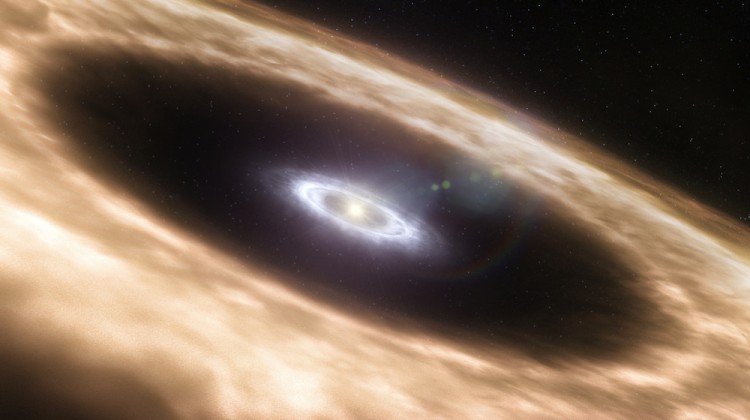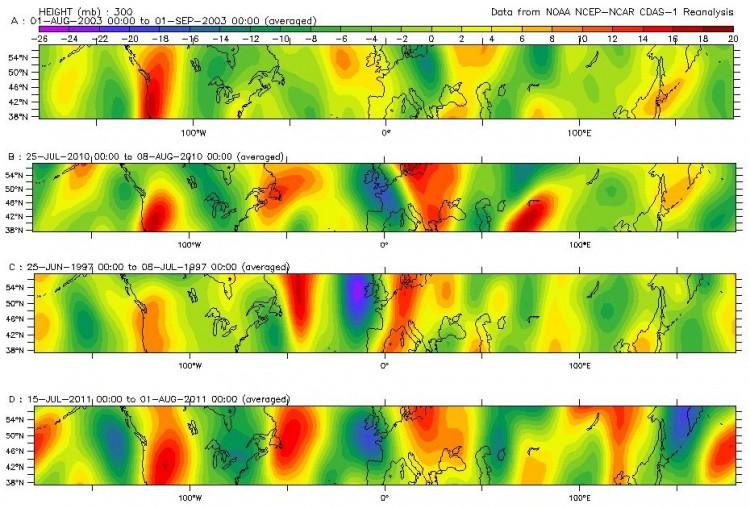During its youth, the sun may have emitted a series of shock waves that caused the planets in our solar system to form at different times.
Russian researcher Tagir Abdylmyanov at Kazan State Power Engineering University has been modeling the motion of particles in the gas cloud from which our sun formed.
He found that the shock waves that followed the sun’s formation could have created a series of debris rings that became today’s planets over millions of years.
“The planets formed in intervals—not altogether, as was previously thought,” explained Abdylmyanov in a press release.
“It is difficult to say exactly how much time would have separated these groups, but the proto-planetary rings for Uranus, Neptune and Pluto would have likely formed very close to the sun’s birth.”
According to Abdylmyanov’s calculations, the initial intense shock waves would have produced the rings for Uranus, Neptune, and the dwarf planet Pluto, while other planets and the asteroid belt formed later during weaker shock waves.
“Three million years later and we would see the debris ring destined to form Saturn,” Abdylmyanov said. “Half a million years after this we would see something similar but for Jupiter.”
“The asteroid belt would have begun to form about a million years after that, and another half a million years on we would see the very early stages of Mercury, Venus, Earth, and Mars.”
This research may shed light on how exoplanets form around stars in other solar systems. By looking at the brightness of young stars, the intensity of their shock waves could be used to predict where their planets will form.
Abdylmyanov will discuss his research at the European Planetary Science Congress in Madrid on Sept. 27.
The Epoch Times publishes in 35 countries and in 19 languages. Subscribe to our e-newsletter.





